Backstory: The how-and-the-why of the Ka’ana Wave Co
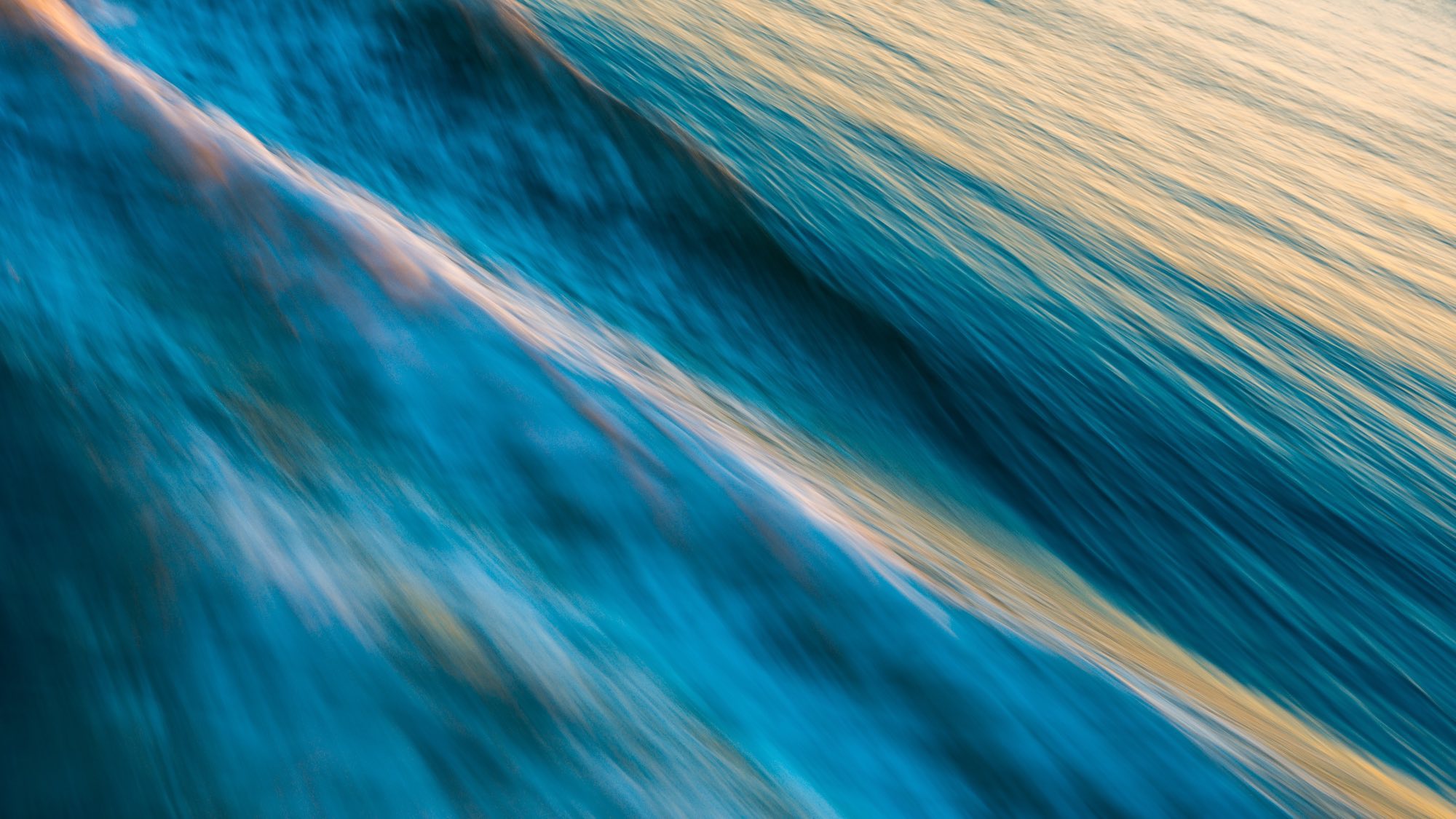
It’s the backstory of bringing new technology to see the light of day that makes the wave pool space so interesting. Throwing rocks in a pond inspired Aaron Trevis to build the giant plunger in Yeppoon while Greg Webber’s fire was lit by watching boat wakes reel down a riverbank. In a follow-up to our initial conversation with bathymetry agnostic wavemakers Ka’ana Wave Co last month (which you can read here) we now dig a little deeper into the How-and-Why of this new wave-making technology.
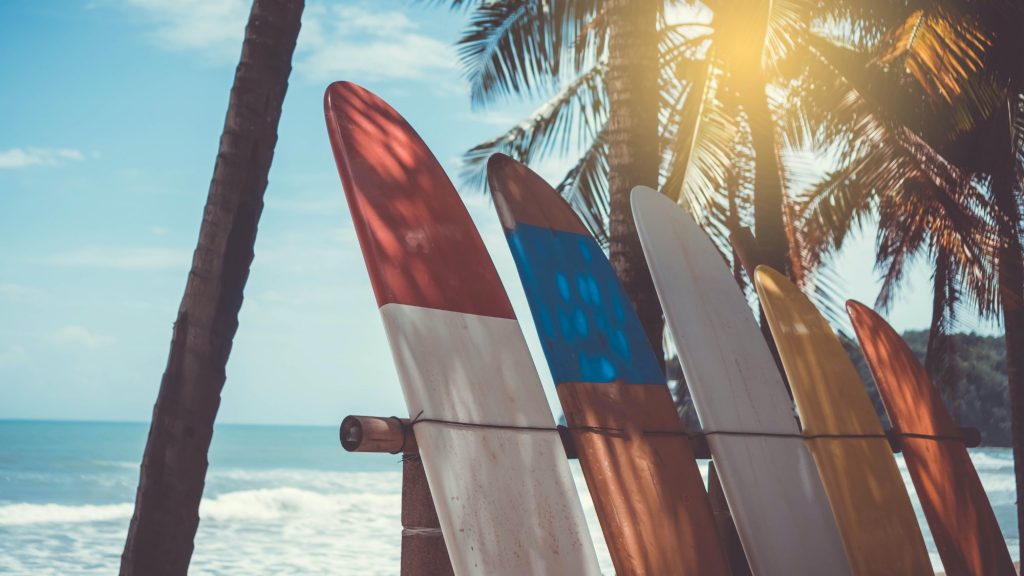
Tell us how you got the name Ka’ana Wave Co.
Ka’ana means “to share”. The word is Hawaiian and like many Hawaiian words, can be interpreted in slightly different ways. From the beginning, our mission has been to make surfing more accessible. The idea of sharing this incredible experience is our guiding light, so Ka’ana Wave Co. seemed like the perfect name.
Creating a legit wave machine is beyond a full-time venture. You didn’t do it on your own, did you?
The team came together through what could be described as serendipity. We have an amazing group of passionate people, with years of experience in their respective fields, from product development, sales, marketing, and operations. Alongside our in-house team, we also have our design, engineering and manufacturing partners who have been instrumental in the R&D process. Working with best-in-field partners ensures that our technology and products are developed using decades of combined experience.
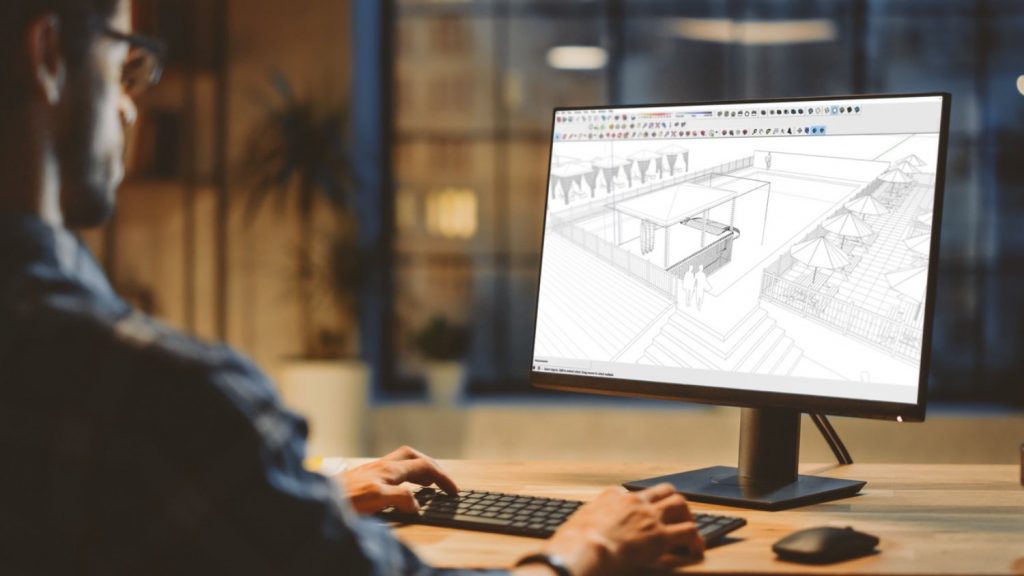
Can you tell us more about who you’re working with on the engineering side?
As I mentioned before, Ken Christison at Northwest Hydraulic Consultants has been instrumental in scaling the technology. Richard Sikich and his team at Westec Equipment International are a pragmatic group with decades of custom design and manufacturing experience in the marine industry. Their contribution has been pivotal in the design of the CM7s and the manufacturing of the CM7 prototype. To engineer the CM7 product line, we’ve teamed up with Kyle Zimmerman at ATA Engineering to ensure that we deliver to our customers a world-class product.
Do you design the larger pools too?
Not at this point as our focus right now is on our product. There are some amazing aquatic designers in the space, like Josh Martin and his team at Martin Aquatic and Justin Caron and Aquatic Design Group. These companies have so much experience and by working with them, we’ll deliver the best results for our customers. Actually, on that note, we’re working through a plug-and-play stainless steel pool design with Myrtha Pools right now. The aim is to add a turnkey package, offering a CM7 unit in a pool with full mechanical to make the sales process easier for our customers. That said, I couldn’t be happier with the team. Collectively it’s a really strong group of people, who all strive to deliver the best results they can.
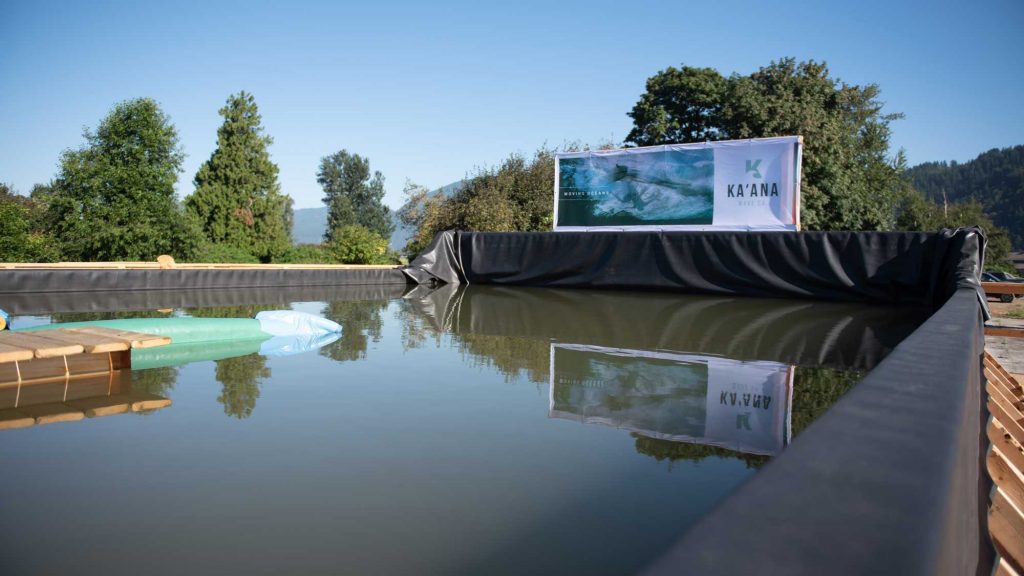
Last time we spoke about a hitting major milestone – surf-ability. Can you tell us more about that pilot program, last summer?
Yes, our next step in the design process was to confirm surf-ability. The plan was to work with the National Research Council of Canada to test the design at the Ocean, Coastal and River Engineering Research Centre in Ottawa, which is an incredible place. Then Covid hit and shut down their facilities. We made a few quick pivots and decided to build a test basin on a farm about an hour east of Vancouver. This change of plan worked out for the best as we had far more flexibility to focus on the user-experience than we would have at a research facility, but I’ll get to that in a minute. Our objectives for the prototype were to confirm scalability, surf-ability, and portability. The plan was to run water through the unit, collect our data, and stand someone up on a board. The unit was designed to produce the smallest surf-able wave possible, so we kept our expectations low.
How big was the wave?
About 4-feet wide or half the width of a wakesurf boat’s beam. We wanted to peg our minimum surf-able wave size to something tangible. When you’re riding behind a boat, you’re only surfing half the width of the boat, so we used half a boat’s beam as our measuring stick. Keep in mind that for the minimum surf-able wave, we weren’t creating a boat wake. The shaping head for that project was designed to produce a 4-feet wide ride surface with a 4-feet wide shaping head.
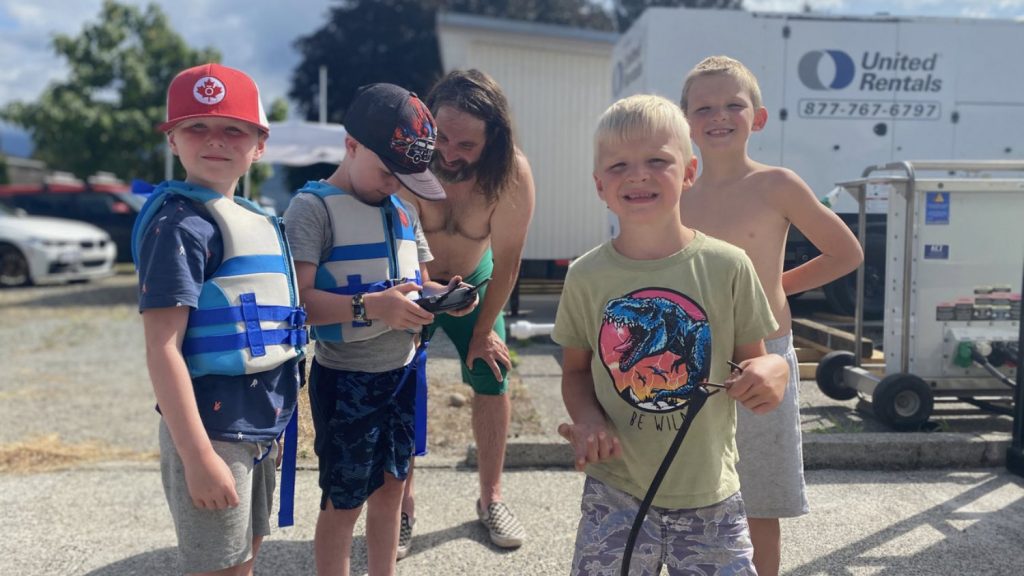
Did the test meet your goals?
We were successful in achieving our objectives, but what happened next was priceless. This tiny little wave was surprisingly fun. It had a pocket that was super tight and challenging to figure out. We didn’t anticipate this but the pair of recirculation currents in the pool caused by the running unit also returned the rider and board to the dock, while the next rider was dropping in on the wave. This helped boost throughput and time on board was fantastic. With 10 – 12 people riding, your legs were cooked after about an hour.
What was the next step?
Once we confirmed that the concept worked; it was surf-able, and it was fun, we focused our energies on safety and user experience. With regards to safety, we had the opportunity to spend a lot of time in the water, to move around in the currents, and to test mobility around the inlets on the dock.
Once we were confident with all considerations around safety, we turned down the flow and let our four- to eight-year-old kids loose on the wave. Then a friend brought out his 11 and 13-year-old kids and they were playing with the wave in ways that we hadn’t even thought of, like cannonballing into the flow so they could be fired out the back. We simply could not have known how much fun this little machine could be, for such a wide demographic, without letting people loose on it. We only had 12 days before we had to complete our testing and return the rental equipment, but we were able to observe how people used the attraction and identify key features early, that deliver an amazing user experience. Each day, we’d invite a group of fresh testers, surf all day, BBQ up some dinner for the team and hang out around the fire. Testing, done. Ka’ana style!
And were you confident you had a product to take to market?
Absolutely. We were really motivated by the results of our testing and we have been working tirelessly over the past six months to fine-tune the design, engineer the drivetrains and dial in our wave types. We’re excited to show you some wave types next time.
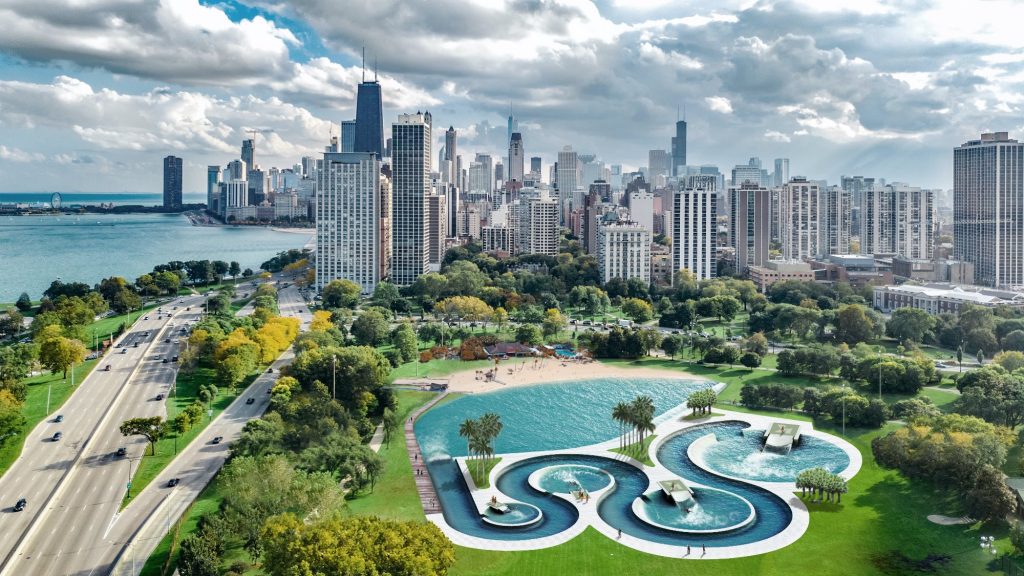
Related Coverage
